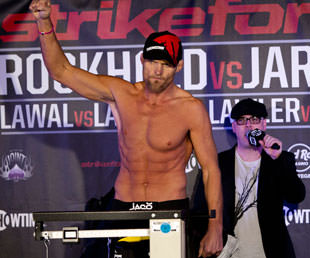
WEIGH-INS WEIGH HEAVY ON STRIKEFORCE'S JARDINE, BUT NUTRITIONIST DOLCE NOT CONCERNED
by Steven Marrocco
Rest assured that Keith Jardine is just as concerned about his weight as everyone else. Even he’s expressed doubts looking at the numbers on the scale in recent weeks.
He hired a nutritionist to drop weight. Shouldn’t those numbers be smaller?
The answer is no – at least if he’s asking said nutritionist. Mike Dolce has been tinkering with calories longer than Jardine (17-9-2 MMA, 0-0-1 SF), and there’s not a bit of worry in him about Jardine’s path to middleweight, which begins Saturday against champ Luke Rockhold (8-1 MMA, 7-0 SF) at “Strikeforce: Rockhold vs. Jardine.”
“I was like 211 (pounds) a few weeks ago, and he’s all, ‘Nah, man, you’re way ahead of schedule,'” Jardine told MMAjunkie.com Radio (www.mmajunkie.com/radio). “Don’t worry about it. He will always give me examples of other guys he works with, so he always keeps my mind at ease.”
The middleweight title bout headlines the event, which includes a main card on Showtime. Preliminary-card fights air on Showtime Extreme.
Dolce’s list of clients isn’t a bunch of nobodies, so Jardine has reason to listen. And he’s relayed that sense of ease to the rest of the world – even as the minutes tick toward his time on the scale and his cut seems far too steep for a fight he took on less than full notice.
Like 15 pounds too steep.
That’s where Jardine said he was two days out from weigh-ins, which take place today at HRH Lounge at Hard Rock Hotel & Casino in Las Vegas. At the pre-event press conference, someone asked him about his weight.
“I’m big,” was his response.
Not exactly a vote of confidence for those expecting a middleweight title bout as opposed to a catchweight fiasco. It’s Jardine’s first time at 185 pounds after a long career at light heavyweight and heavyweight. He didn’t make a test cut to see if he could get there. Heck, he didn’t know he’d be going there for sure until he agreed to the bout this past month.
But he has faith in Dolce, and that’s worth something.
“Every time I start to panic about my weight, he’s right there,” Jardine said. “I’m just so confident right now. I’m not even worried about it.”
What’s more, Jardine said he’s been able to lose pounds without going crazy with starvation.
“I’m eating every few hours, and usually this time of the week, I’m feeling pretty lethargic, and I’m not,” he said. “I feel like I could go get a great workout in, which is a pretty strange feeling. But I’m loving it.”
Jardine will need his energy on Saturday night. He could be fighting Rockhold for up to 25 minutes, something he’s never before done in his career. Rockhold hasn’t lost in more than three years, and this past September, he delivered a breakthrough performance against Ronaldo “Jacare” Souza that won him the belt.
That kind of traction has eluded Jardine during his time in the UFC, which was marked by a long losing streak that erased the momentum of several high-profile victories. His Strikeforce debut this past April ended with a thud when he fought Gegard Mousasi to a draw.
Fighters feed a whole host of platitudes to fans about their training camps, weight cuts and thoughts on opponents, so until Jardine steps into the cage and redlines it against Rockhold, it won’t be known whether Dolce’s work was in vain.
Hopefully not. The 36-year-old Jardine wants to blaze a new, leaner trail.
“It just occurred to me last night – I had no idea I’m right at 30 (fights) right now,” he said. “When I re-evaluated my career and what I hadn’t done and what I need, it’s that belt. And that’s what this fight means for me. After I win it on Saturday, I’m going to be so excited.”
Origial article here
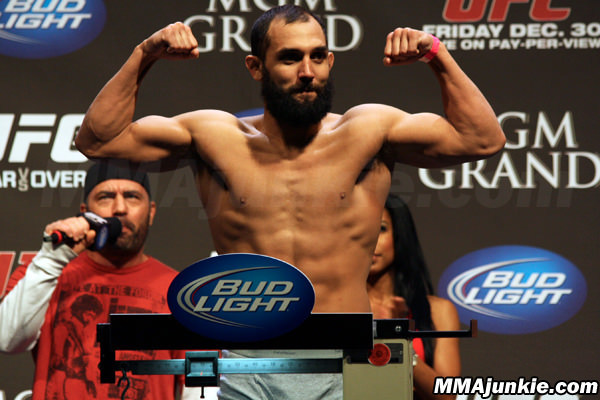

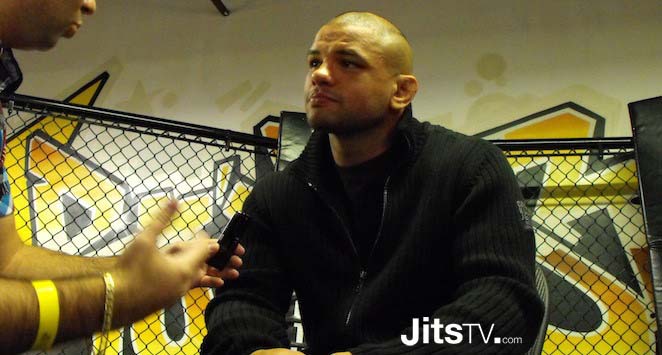
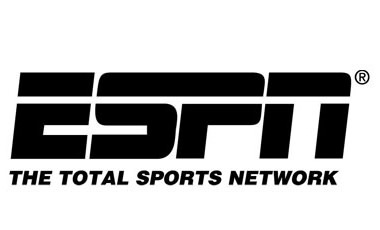



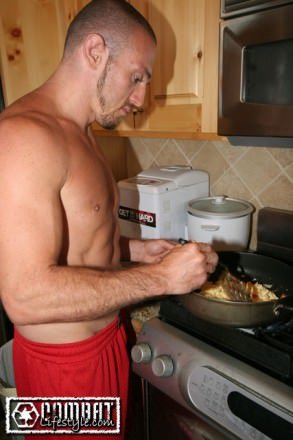 CW: Thiago, for example, you set his day?
CW: Thiago, for example, you set his day?